There is a huge demand for organized and functional living spaces. These include kitchens, bathrooms, living and dining rooms, play zones, home offices, basements, and laundry areas. In fact, as I write this, I am currently designing custom storage units and benches for a couple of mudrooms and entryways.
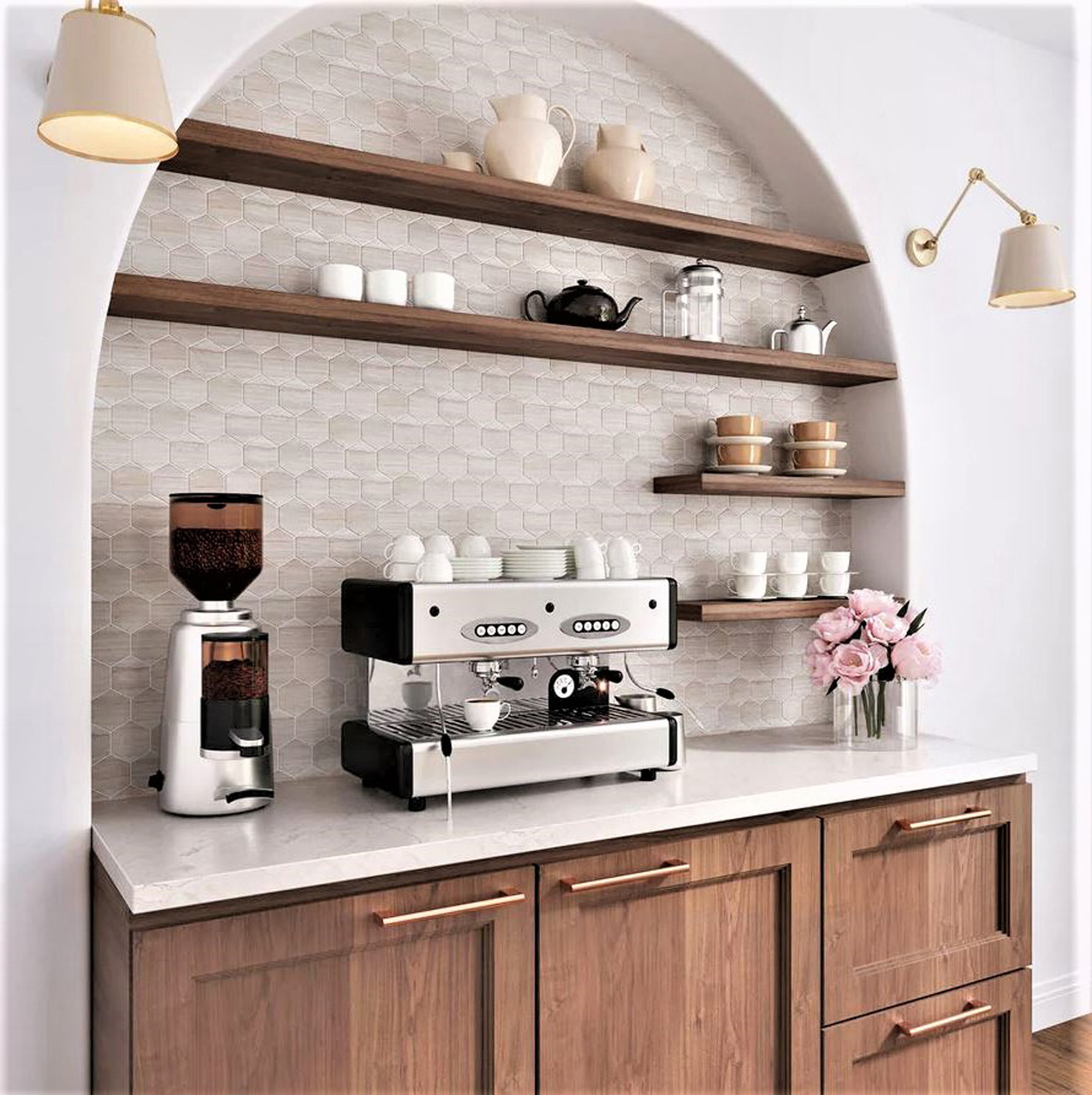
Frankly, getting clutter out of the way once and for all is the only road to creating flow for a busy family that needs a soul-nurturing home, not one that contributes to frenzied and panicked searches for lost items as people dash out the door.
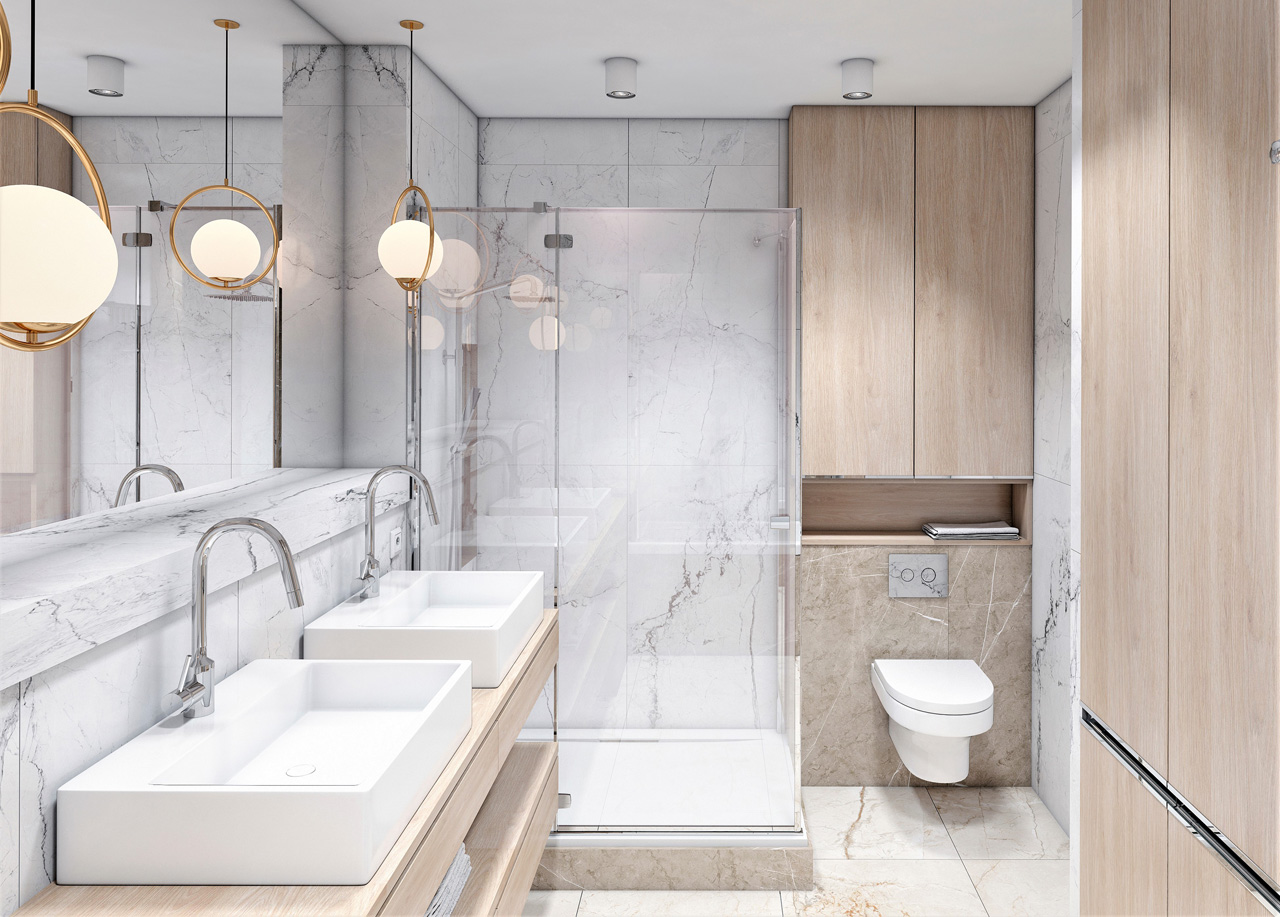
Naturally, in every interior design project, we are requested to design and integrate storage solutions that tick off all the boxes. These include different types of modules and cabinets that divide and conquer the clutter. Designing the functional components is one thing.
The next step involves selecting the materials for the units. There are so many options out there, that I decided to create a document I could share with my clients who are in the designing and selections phase. They appreciated it so much that I decided to share it with the public.
In this article, I have ordered the cabinet materials according to price range (lower to higher) and I have separated the description of the core material to the surface material. Nobody seems to go this far in the explaining process, yet it’s very important.
Here, then, is my helpful and detailed guide through the world of cabinetry.
Melamine Cabinets
Price Range: $
Durability: Medium
Core material: Press-wood (also known as particle or chip board). Press wood is inexpensive because it is made with sawmill shavings and wood chips. High quality press wood can be sturdy and durable. In addition to the facades of doors and drawers, it is often used for the interiors of cabinets in more expensive projects, because it is lightweight and sturdy.
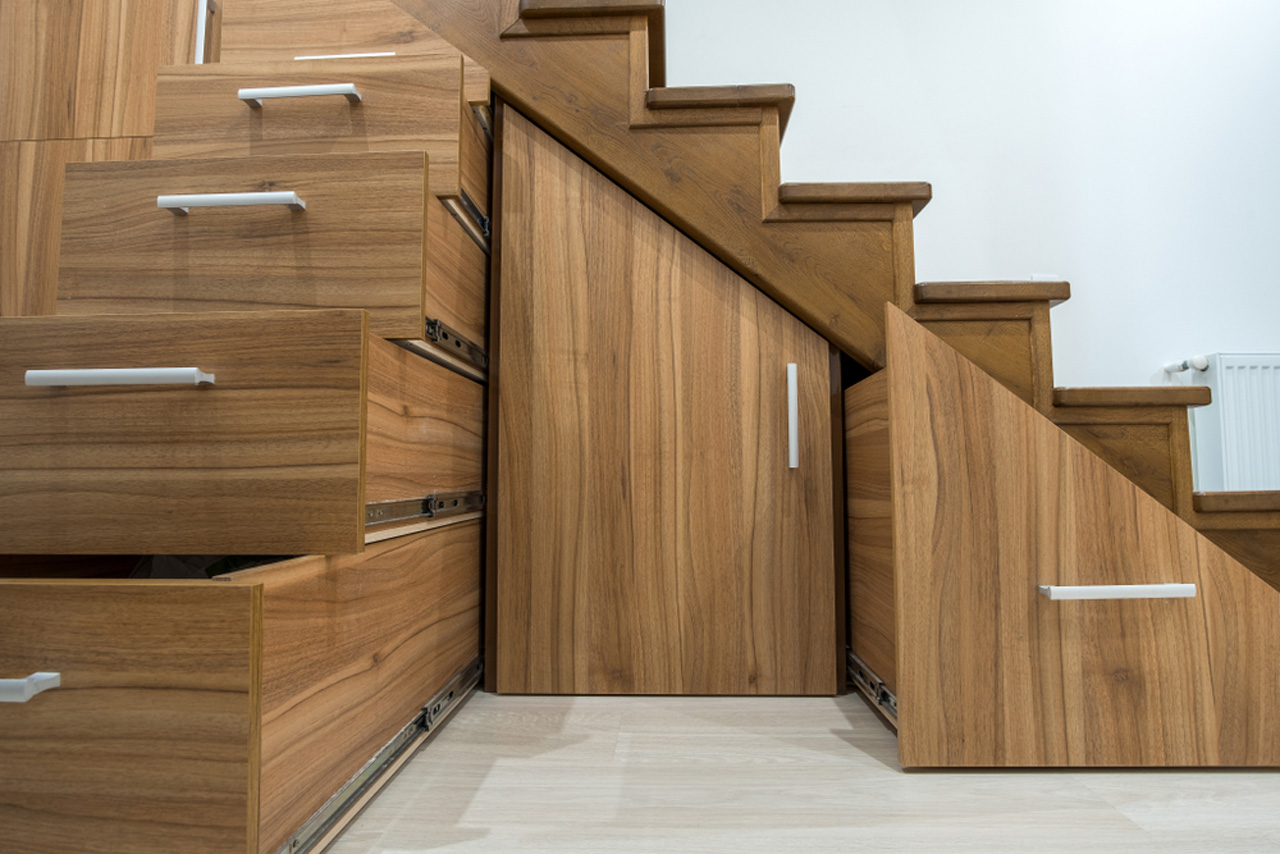
Surface material: A single layer of decorative paper veneer pressed-glued to the core with a resin layer for protection.
Styles: Not your laminate from the 80s. This is a new and evolved better looking product. Many styles to choose from including imitation wood, high gloss or matte finishes, multiple patterns, and textures, as well as solid colours and neutrals.
European Melamine (or Euro-laminate) Cabinets
Price Range: $$
Durability: Good
Core & surface material: Engineered and imported from Europe it is composed of many layers of decorative paper saturated in melamine resin. The multiple layers are fused together to create a highly durable cabinet. Much more robust than regular melamine.
Styles: Wide variety of colours and textures. Only available in modern profile (Flat-panel doors). Imitation woods look very realistic – textured. High gloss/ matte finishes available. This material can look high-end and is commonly used in commercial settings.
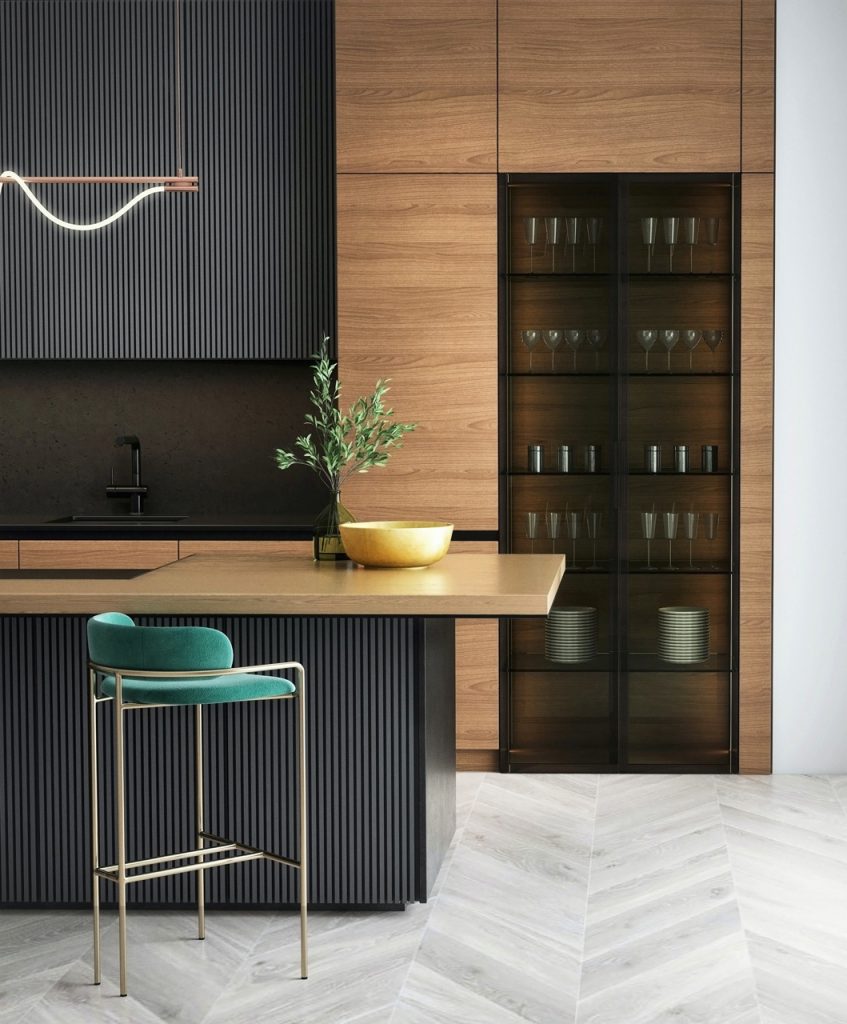
Polyester Melamine
Price Range: $$
Durability: High
Core material: MDF (Medium Density Fiberboard) is very high quality and environmentally friendly. It is composed of a mix of compressed pine fibers, sawdust, resin, and wax that is formed into sheets by applying a high temperature and pressure. Light weight but very smooth and very strong.
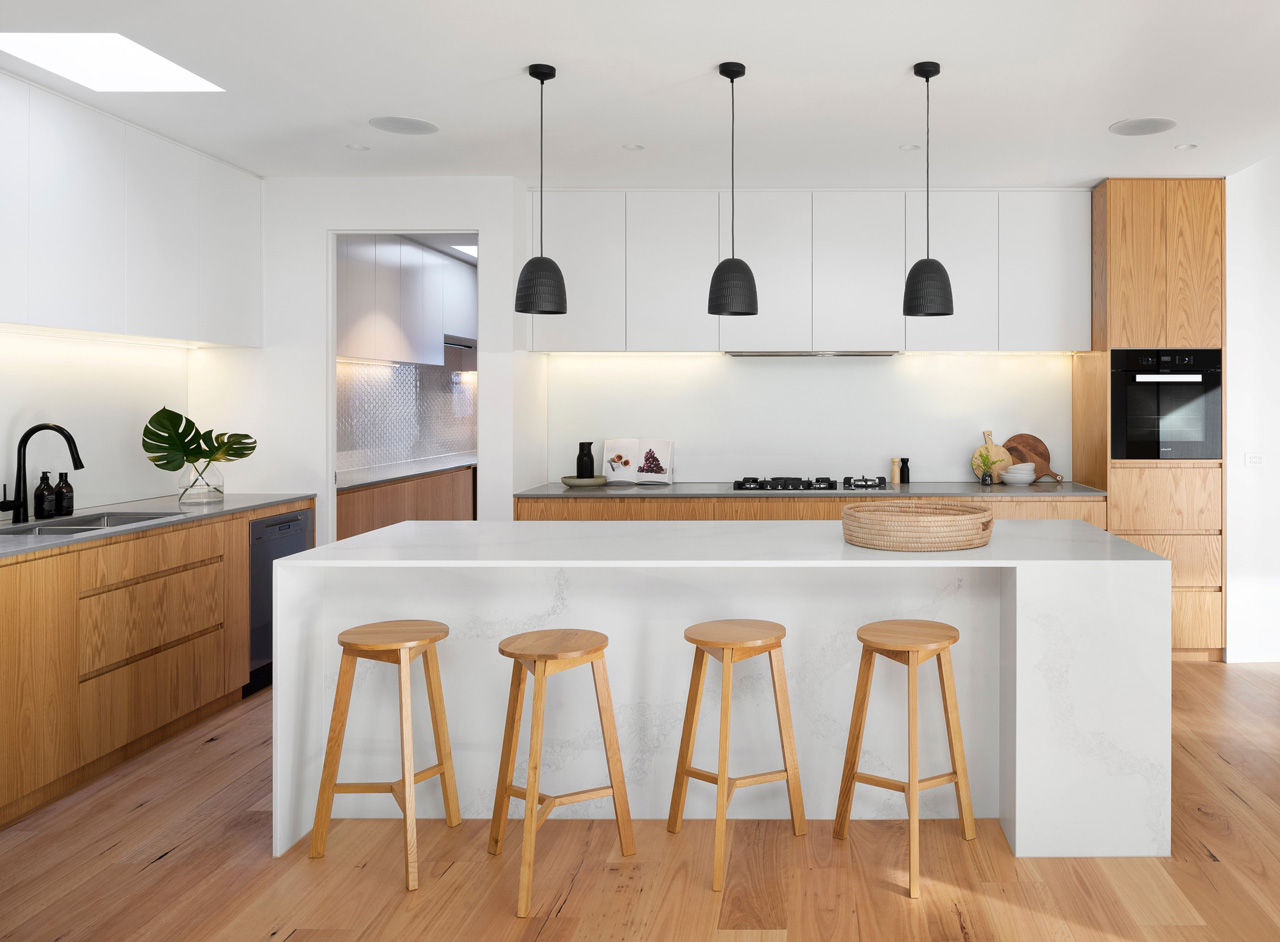
Surface material: Composed of melamine enveloped with a highly durable polyester film. More robust than regular melamine.
Styles: Variety of door profiles, realistic imitation wood as well as solid colours, various textures and neutrals
Thermofoil
Also known as Thermally Fused Laminate (TFL) or Thermally Fused Melamine (TFM)
Price Range: $$$
Durability: High
Core material: MDF (Medium Density Fiberboard) is very high quality and environmentally friendly. It is composed of a mix of compressed pine fibers, sawdust, resin and wax that is formed into sheets by applying a high temperature and pressure.
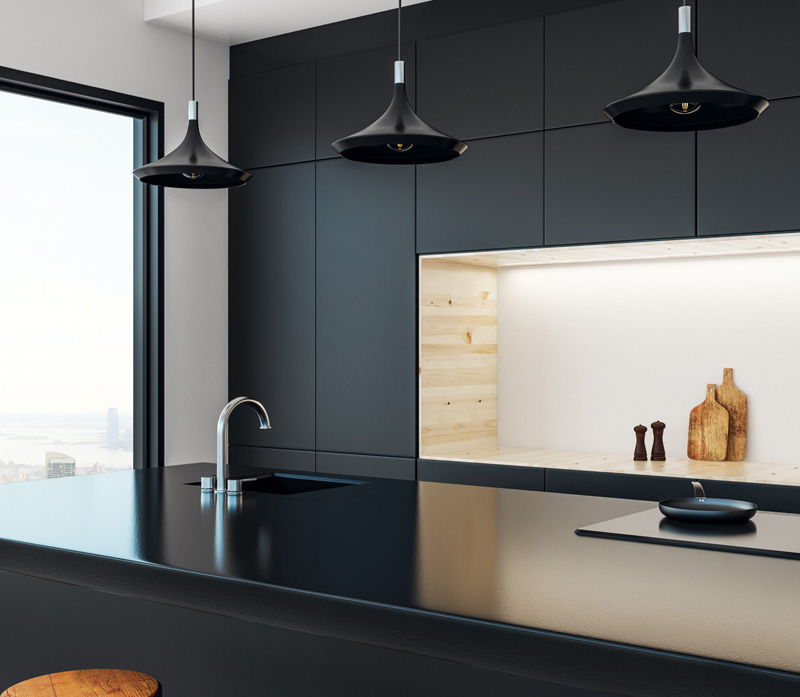
Surface material: A film of PVC plastic is thermo-fused; involves heat-bonding and vacuum-forming onto the core. Easy to clean. Extremely durable and resistant to dents, heat, steam, moisture.
Styles: Wide variety of solid colors or neutrals, imitation wood, and many door profile models.
Acrylic Cabinets
Price Range: $$$
Durability: High
Core material: MDF (Medium Density Fiberboard) is very high quality and environmentally friendly. It is composed of a mix of compressed pine fibers, sawdust, resin, and wax that is formed into sheets by applying a high temperature and pressure. Very light weight and very strong.
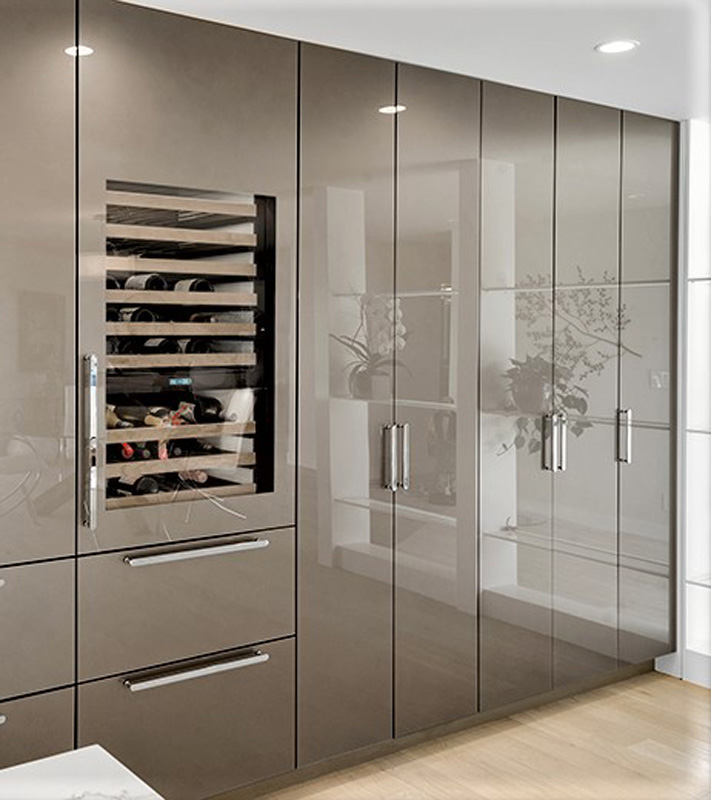
Surface material: Acrylic is a glass-like high gloss acrylic sheet. The surface is perfect and texture-free. There is no ‘orange-peel’ effect on these high-gloss doors. It also has a UV protection agent preserving the tone long-term regardless of sun exposure.
Styles: Acrylic cabinets are minimalist and sleek, and very modern. Available in a multitude of solid colours or neutrals.
Painted Lacquer
Price Range: $$$$
Durability: High
Core material: MDF (Medium Density Fiberboard) is very high quality and environmentally friendly. It is composed of a mix of compressed pine fibers, sawdust, resin, and wax and is formed into sheets by applying a high temperature and pressure. Very light weight yet strong.
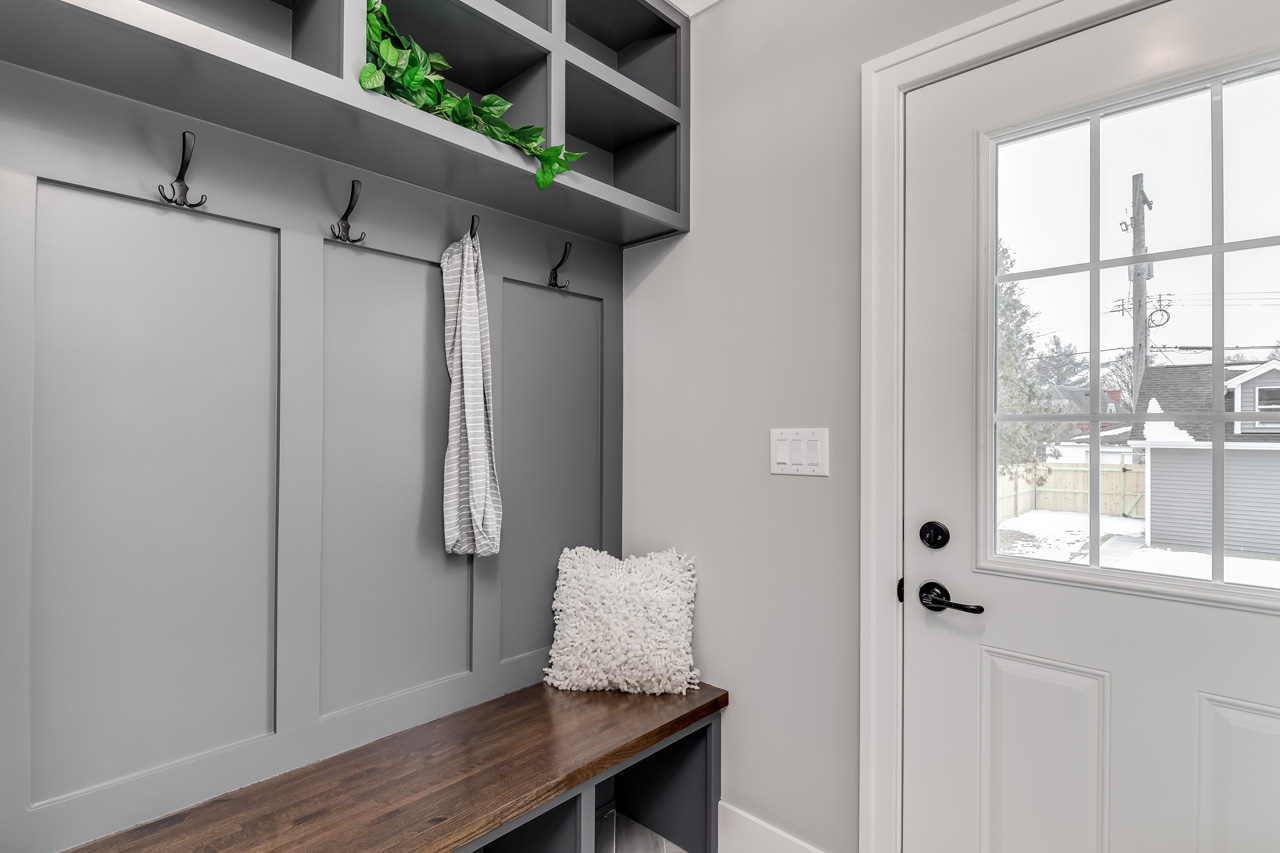
Surface material: High-quality 2-pot spray-paint system with a multiple step process; layers upon layers of Polyurethane finish, polished between coats. Lacquer finishes are super tough, and highly durable and they do not flake. Lacquer surfaces are chip-resistant and moisture-resistant.
Styles: Paint colour choices are unlimited and 100% customizable with either matte, satin, or high-gloss finishes.
Natural Hard Wood
Price Range: $$$$$
Durability: High
Core material: Hardwood species that are available include Birch, Pine, White or Red Oak, Ash, Cherry, Hickory, and Hard Maple. Should be kiln dried.
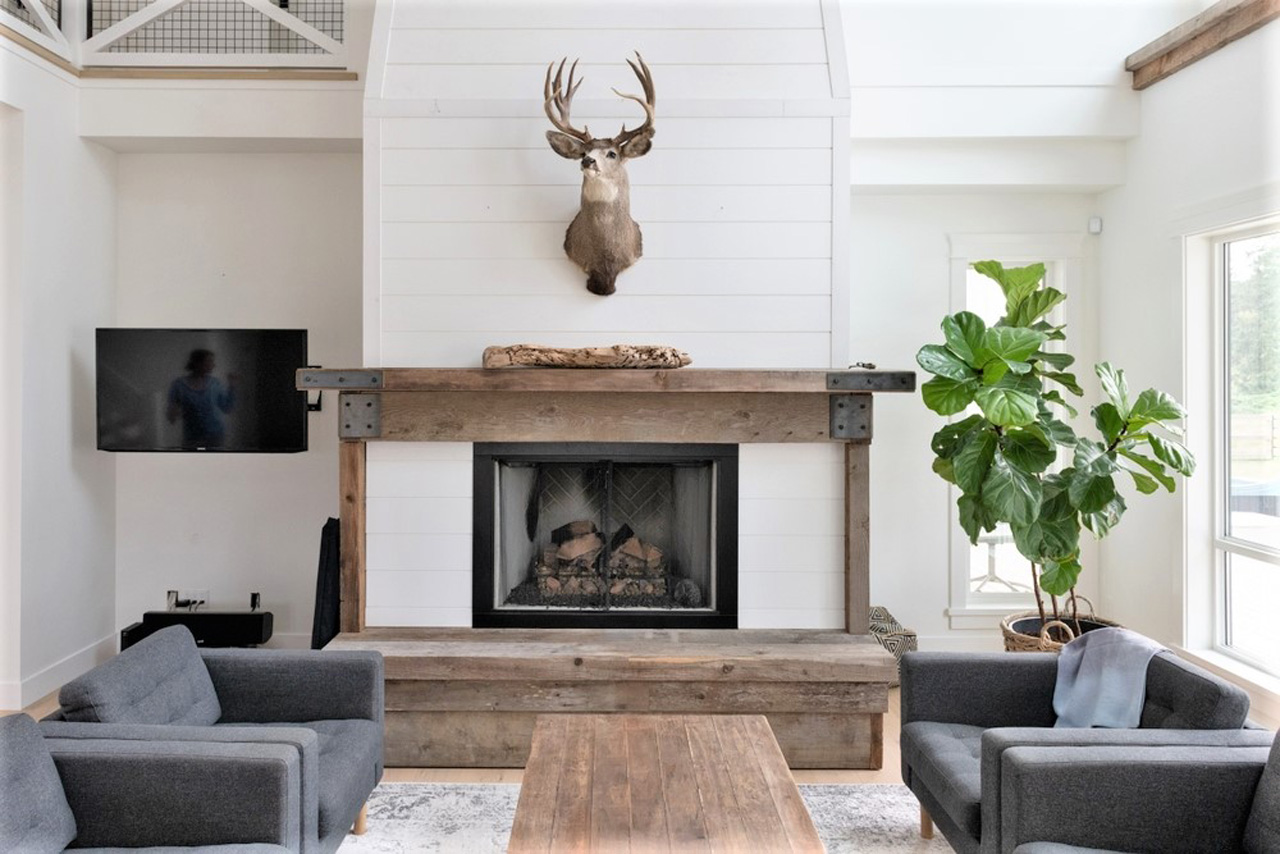
Natural trees move, twist or warp with the changing climate during summer and winter months.
Wood is very heavy and expensive. Consider using solid wood on the facades, but MDF or plywood for the other parts to lighten the load as well as the cost of the project.
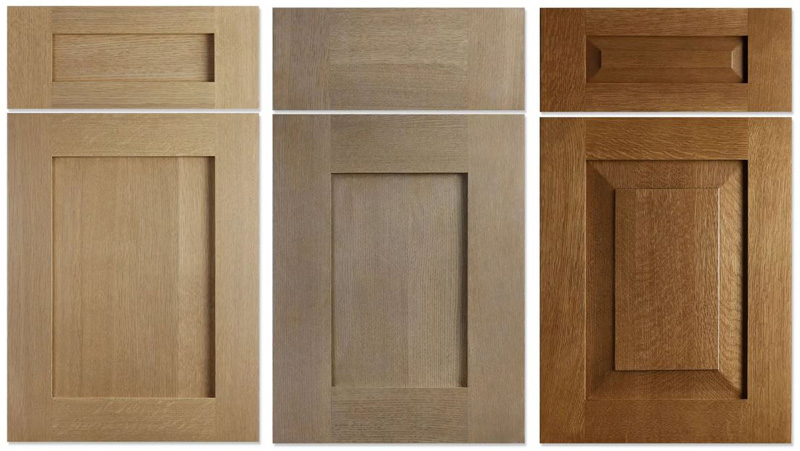
Surface treatment: In Canada avoid painting solid wood core doors as the paint will crack when the wood expands and contracts during the changing temperature and humidity levels throughout summer and winter. For this reason, a clear coat seal or a tinted stain is better for solid wood cabinet doors as the cracks won’t show up like they do with paint.
Considerations: Be aware that there is tone and grain variation from one panel to the next when using natural hardwood. There is no factory to equalize the grain and tone of all the panels. This fact should be embraced and appreciated.
Styles: The recommended door profile is Shaker (for solidity). The species should be chosen based on wood-grain, the characteristics and durability, as well as cost. Because there is a lot of tonal variations in a single wood species (especially White Oak), insist that the cabinet maker provide you with an example of these variations. Have many samples stained in the same colour, so you can evaluate the variations.
Natural Wood Veneer
Price Range: $$$$$
Durability: Medium
Core material: Rather than a solid wood core, it is composed of MDF, Plywood or Press wood. Therefore ‘wood veneer’ cabinets don’t weigh as much as ‘solid wood’ cabinets. Because the substrate is not solid wood, there is no warping with changing temperature and humidity levels.
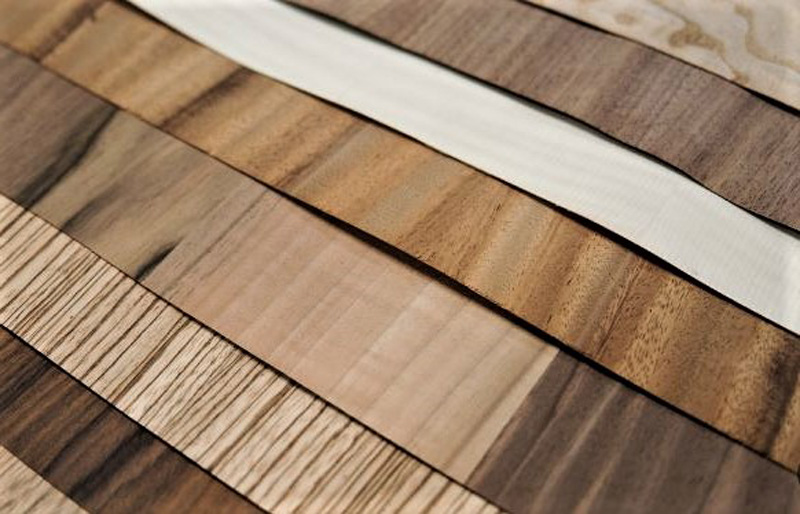
Surface material: A very thin layer of solid hardwood (less than 2 mm thickness) is peeled from a log and glued-pressed to the core material. Because of the cost of natural wood veneer, the application is limited to the facades as a ‘finish’ material, with a more robust and functional material used for the box frames and the insides of the drawers and cabinets.
Considerations: Because of the substrate it can be susceptible to water damage. If water gets past the veneer, it may expand and cause the edge of the veneer to peel. Also, wood veneer surfaces can be scratched, but also easy to repair.

The lower edges of wood veneer cabinets are prone to chipping near the kick-board. If this happens and it is caught early, it won’t worsen. You can also opt for a slightly higher kick-board.
As a precautionary alternative, the outside panels of 5-piece doors can be composed of hardwood instead of veneer. The veneer would be applied only the central panel.
Styles: Wood veneer options include exotic woods such as bamboo, walnut, elm, eucalyptus, and mahogany at a fraction of the cost of solid-core exotic wood. Wood veneer cabinets should be chosen out of a love for natural wood grain with varying tones and textures. If you are looking for a homogeneous and consistent look throughout the cabinetry, you should choose another material: Such as high-quality engineered products possessing life-like realistic qualities.
You would like to adopt some of these ideas in your own space but you don’t know where to start?
Contact us to transform your home or office according to your style, your budget and your specific needs. By discussing your project we can provide you with relevant information concerning our services, the process and our design fee.
Click here to contact us.
